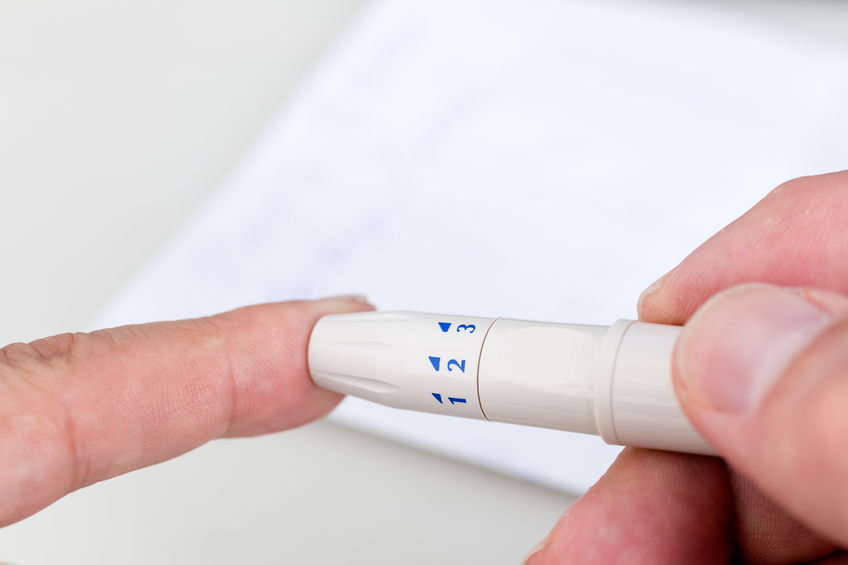
Choosing a Lancing Device
Lancing Devices

A lancing device it a tool that holds a lancet needle and is used to draw a tiny amount of blood from the finger or forearm. All lancing devices use some sort of disposal needle, however, some use a single lancet at a time that is changed with each use, while others use drums that contain multiple lancets and rotates automatically after each use. Generic lancing devices can cost as little as five dollars, while “brand” name devices average $25 to $35 per device.
Devices generally operate on some sort of spring system.  Some use a sliding mechanism, others a twisting mechanism, to “set” the device to be used. Most lancing devices have a button that is pushed that acts like a trigger, releasing and popping the needle forward.
All lancing devices should have a depth setting. Those that only offer a single depth will drive the needle deep into the finger and almost always cause more intense pain, especially for children and the elderly who have thinner skin. You can also purchase lancets that are held and manually pressed into the finger to draw blood. These are often cheaper, but also are more painful to use because there is no depth setting to adjust for individual preferences.
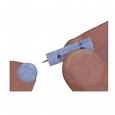
Lancets
A lancet is the needle that is inserted into a lancing device that actually pricks the skin.
Lancet devices come in many sizes, styles, and some can be more painful to use than others. All blood glucose monitor kits come with a lancing device but you do not have to use the lancing device that came with your test kit.  As long as the lancing device you are using draws sufficient blood for your meter you can use anyone that you want.
Tips For Using Your Lancing Device For Finger Pricks
- All lancing devices are not equal:Â Â Generally, the smaller the drop of blood the less pain involved. Â If you choose one that does not draw sufficient blood you will have to squeeze (or “milk”) you finger for more blood. Â Most people, children in particular, find the hard squeezing more painful than a larger needle, or slightly deeper setting and forcing blood out by squeezing too hard can damage the blood sample and may give you false readings.
- Depth Setting: Start out on the lowest possible setting.  The deeper the needle penetrates the more blood is drawn, but this will also increases pain.
- Changing Lancets: You do not have to change lancets with every finger stick.  However, the needle does dull with each use.  Duller needles = more pain and you may have to up the depth setting to draw a blood sample.  Many people who test 4 or more times per day change out their lancet once or twice a day at breakfast or bedtime.
- Cleaning Your Lancing Device: Your lancet device should be soaked in rubbing alcohol at least once per week or anytime it is exposed to questionable germ sources.  If it falls into the toilet (yes, this has happened to me, along with an insulin pump) it is better to just throw it away.  You can put most lancing devices (remove the lancet first) in the dishwasher or steam-based toothbrush cleaner to sterilize it.  Do not microwave or boil your device; you will ruin it.
- Lancing Device Safety: Be sure that only one person uses any particular lancing device.  While blood droplets are tiny, producing less blood than a playground scrape, there is always the concern of disease transmission if more than one person uses a lancet.  Be sure to explain to children that they should never prick other people.  In 2005 there was a lot of bad PR about the safety of children with diabetes in public schools when a young girl took her diabetic mother’s lancing device to school and pricked many of her classmates.  The students ended up having to be tested for AIDS. When one of the children that was pricked was found to be HIV positive there was, understandably, a lot of parent anxiety.
How to Test Your Blood Sugars with a Lancing Device
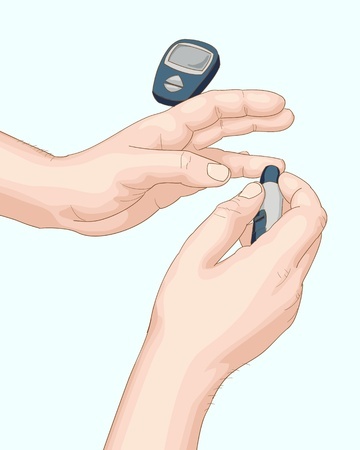
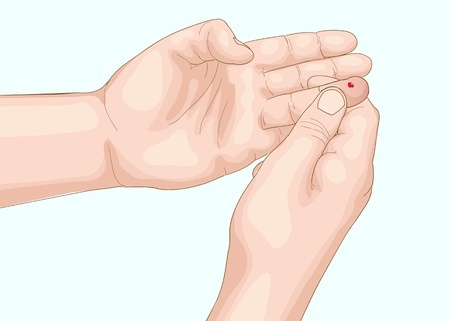
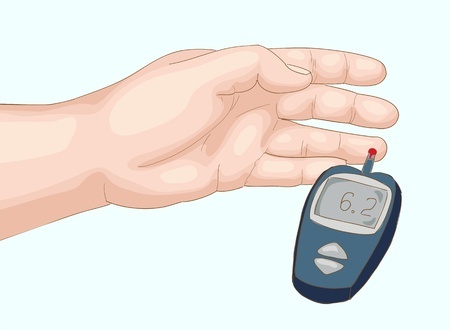
Taking The Fear Out of Finger Sticks for Your Child (or You)
Almost all children (and many adults) fear needles of any sort.  If your child is newly diagnosed it will take time to adjust to finger pricks. It can be helpful if you practice on yourself first.  Children may appreciate that you too are going through the same thing and it is a good way to see what hurts and what does not. Learn more how making blood sugar checks less painful in 7 Tips For Testing Your Blood Sugar with Less Finger Pain


